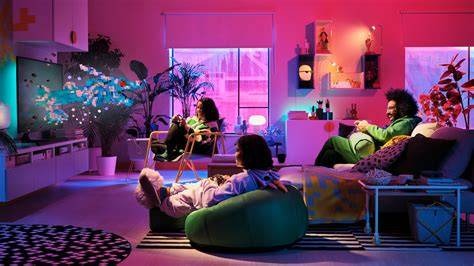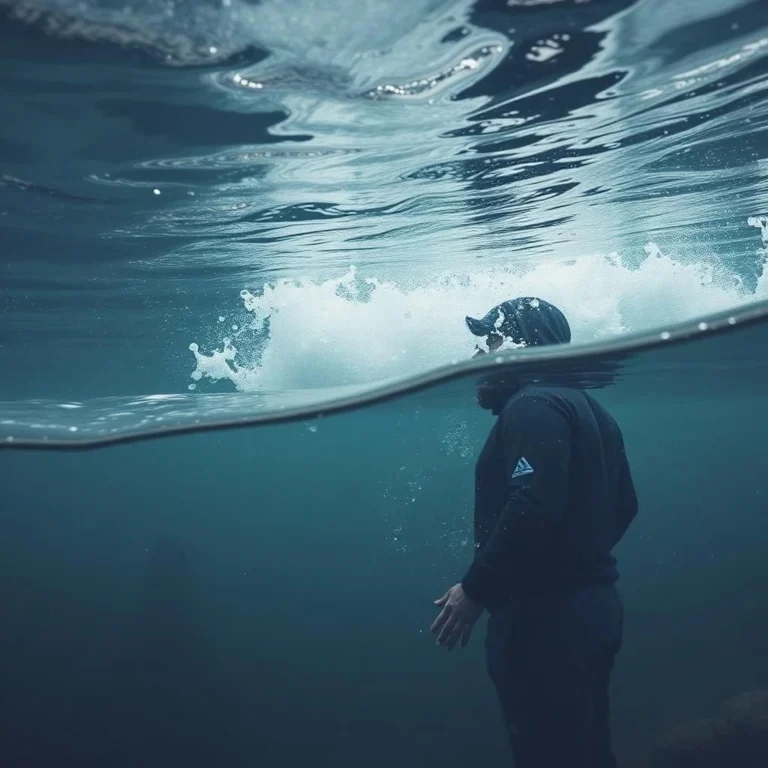
Turning a single still into a living, breathing shot is no longer a VFX-only trick. Today’s AI tools can pan, zoom, rack focus, simulate parallax, and even direct motion from a plain photo—ideal for trailers, mood films, social spots, and pitch decks. Below are five powerful options filmmakers and video creators can use right now to transform static images into cinematic sequences—fast.
1) Invideo AI — speed from image to fully produced scene
If you want the shortest path from a still image to a watchable sequence, start here. Invideo AI’s image to video workflow lets you upload a picture, set duration and style, and generate an animated shot complete with camera moves and transitions. Crucially, it lives inside a broader, text-driven studio that writes a script, assembles scenes, and layers captions, SFX, and music—so your single photo can quickly become part of a finished edit. Think of it as an image to video ai gateway inside an end-to-end pipeline. For newcomers, there’s a free, browser-based experience and a mobile app to get from idea to output without software installs.
What sets it apart is scope. Beyond image animation, the platform’s recent updates focus on faster “idea-to-movie” generation, richer voice options, avatars, and promptable editing—useful when you need multiple versions (languages, tones, lengths) without reshoots. If you mostly publish to social, the video app for android is handy for on-the-go tweaks before posting, and you can scale into the web studio for longer pieces. This combination of mobile and desktop workflows makes it a practical choice for lean teams that want to storyboard, animate, and finish inside one ecosystem.
Pro tip
Start with a high-resolution image with clear subject/background separation. Add a short prompt about camera intent (“slow dolly-in on subject; cinematic shadows”) to guide motion.
2) Runway Gen-3 — director-style control for image motion
Runway’s Gen-3 models offer some of the most production-minded controls for animating stills. You can feed an image as the first frame, steer motion with prompts, and refine results using Motion Brush, Camera Controls, and Director Mode. Recent updates also make it easier to restyle or Video-to-Video using a single reference image for consistent art direction across shots—great when you’re building a coherent look from several stills. If you need provenance features for client work, their C2PA support and in-house moderation are useful.
Best for
Pitch visuals, pre-vis, title sequences, and quick alt takes where you want fine-grained control over motion and style without jumping into node graphs.
3) Pika — playful image-to-video with scene tools
Pika has evolved into a nimble “idea-to-video” platform that’s especially good for turning photos into dynamic, stylized clips. Its Pikaframes and Image-to-Video features help you animate a still in seconds, while the app’s scene system and presets make rapid iteration easy. There’s also a mobile version, so you can prototype from your camera roll and refine on desktop later. For creators chasing momentum over micro-control, Pika’s speed and simplicity shine.
Workflow hint
Use a short sequence of related stills (e.g., wide → medium → close) and generate matching motions per frame. Stitch them for a convincing “coverage” pass from photos.
4) Luma Dream Machine — cinematic motion and character consistency
Luma’s Dream Machine emphasizes fluid, cinematic motion and has grown popular for animating portraits, environments, and product shots. You can drop in an image and prompt the movement (push-in, orbit, reveal), with results that often feel more 3D than simple parallax. Tutorials and community demos highlight tools for reframing and maintaining character consistency—handy when you’re evolving one hero image into several cohesive shots across a campaign or short. Dream Machine is available on the web and iOS for quick testing.
When to choose it
Mood reels, lyric videos, fashion/product promos, and concept art fly-throughs where smooth, cinematic motion is paramount.
5) Kaiber — music-reactive animation and stylistic remixes
Kaiber leans into creative remixes: upload an image, choose a style, and generate animated loops or full scenes. A standout is its audio-reactive capability—sync movement to beats for visuals that feel built for music videos, trailers, and event screens. Kaiber runs on web and mobile (iOS/Android), so it’s easy to move between sketching and finishing, and it’s popular among artists who want stylized treatments rather than strict realism.
Use case
Album teasers, Spotify Canvas loops, and stylized explainers where motion matching the soundtrack elevates otherwise static key art.
Practical tips for cinematic results from a single photo
1) Start with the right still. Choose images with depth cues (foreground/midground/background), crisp edges, and good lighting. Busy backgrounds can create wobble; clean plates animate more convincingly.
2) Write a “camera block” prompt. Rather than “make it cinematic,” be specific: “3-second dolly-in, subtle tilt-up, shallow DOF, bokeh highlights in background.” Tools like Runway and Luma respond well to concrete camera language.
3) Animate to music. If the spot is music-led, pace your motion to the track’s BPM. Kaiber’s audio-reactive features make this painless; if you’re using other tools, time your clip lengths to bar lines (2 or 4 bars) and add gentle acceleration/deceleration for realism.
4) Layer polish. After generation, add light leaks, grain, and subtle filmic LUTs in your editor to mask minor artifacts. If the platform supports captions, SFX, and transitions natively (as with invideo AI), do a finishing pass there; otherwise, export and grade in your NLE.
5) Iterate in batches. Generate multiple short takes (2–5 seconds) with slight prompt changes: different focal lengths, camera paths, or lens characteristics. Assemble the best moments into a 10–20 second sequence that feels shot-planned.
Choosing the right tool for your project
- Fast, end-to-end production from images: invideo AI (image animation plus script, voice, captions, SFX, and a clear “from prompt to publish” flow on web and mobile).
- Director-level control and provenance: Runway Gen-3’s image-to-video and camera tools, with changelog features for styling via reference images.
- Rapid style exploration and social clips: Pika’s Pikaframes and image-to-video on web and app.
- Smooth, cinematic motion and consistency: Luma Dream Machine on web/iOS.
- Music-synced visuals and loops: Kaiber (web + mobile) with audio-reactive options.
Final take
Animating stills used to mean complex camera projections and hours of keyframing. Now, with the right prompt and a strong source image, you can block camera moves, set a tone, and ship a polished clip in minutes. For many creators, the most efficient path is: prototype motion inside a generative tool, then finish with light grading and sound. Whether you’re pitching a concept, teasing an album, or crafting a moody opener, these five tools will turn static frames into cinematic shots—on your laptop or phone, and often in a single session.



